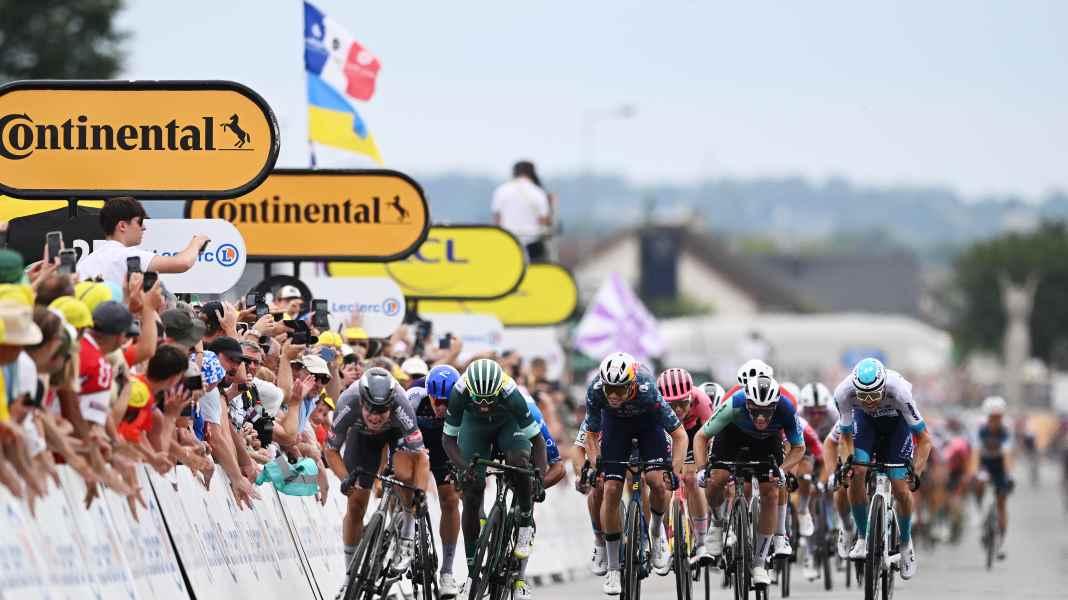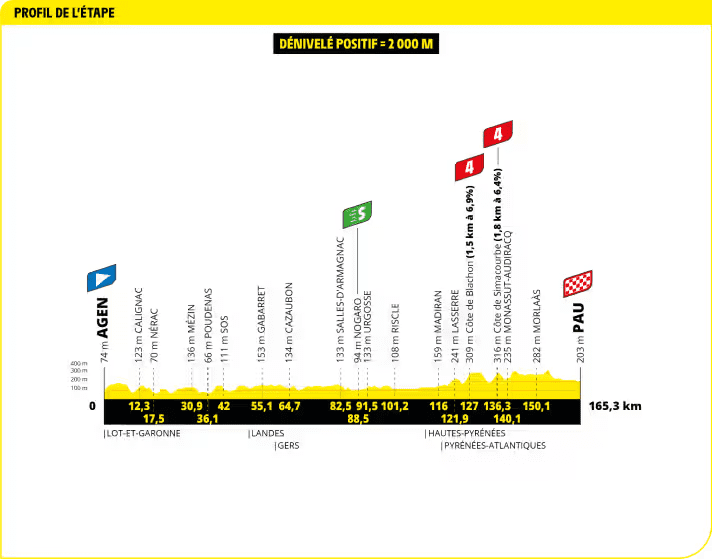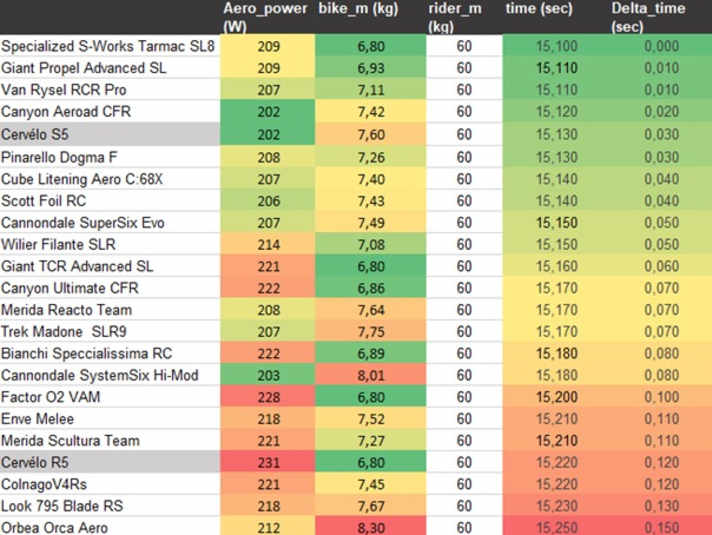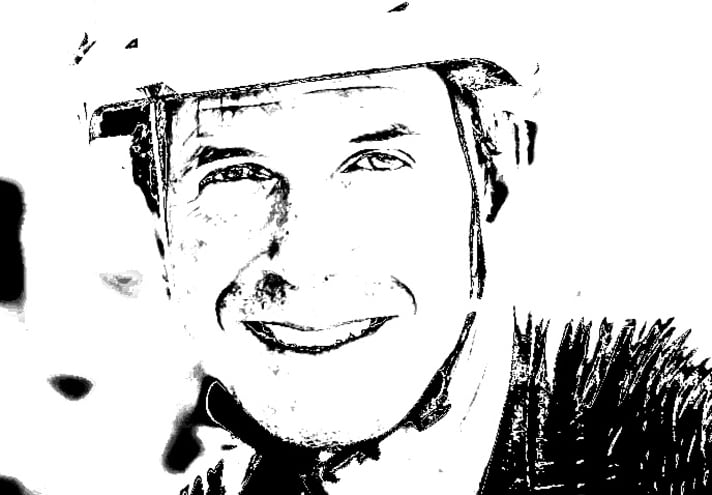
Tour de France 2024 - Stage 13: Agen - Pau | 165,3 Kilometers

Another day of sprinting: The 13th stage ends in the center of Pau on the seven-meter-wide Rue du Maquis Le Bearn. There are two more bends to negotiate after the one thousand meter mark, then the final 560 meters are straight and flat to the finish line.
The riders have to climb 2,000 meters of altitude between the start and finish, with the biggest difficulties in the form of two fourth-category climbs 38 and 29 kilometers before the finish. The first climb is 1.5 kilometers long with a gradient of 6.9%, the second 1.8 km with 6.4%.
The riding time on the first climb is just under four minutes - which could be a tad too long for the pure sprinters. A gap of 30 seconds is possible here. Sprinter teams will try to drive their man into the mountain from the front in order to minimize the gap by positioning themselves well and thus facilitate the later chase. However, all teams will want to ride at the front, which is why the peloton will stretch out on the approach. Perhaps one or two heavy men will be dropped if the peloton goes flat out. We think there is little chance of a puncheur being able to break away. The climbs are not hard enough for that. A bunch sprint of a slightly decimated peloton seems likely.
No matter which scenario becomes reality: Aero bikes are once again the order of the day. The march table predicts an average of 43 to 47 km/h and at the end, when the pace is close to 70 km/h, good aerodynamics are the key to being at the front anyway.
Throwback stage 11
We’ve already calculated the flat sprint several times, and we’ve shown that aero bikes come out on top. So let’s look back at the action on stage 11, which Jonas Vingegaard won by a wafer-thin margin ahead of Tadej Pogacar in the sprint - on his R5 climbing bike, which maxes out the 6.8 kilogram minimum weight. Was this the decisive advantage over Tadej Pogacar? Or to put it another way: wouldn’t the heavier but more aerodynamic S5 have been the better choice in the mountain sprint?
We simulate the uphill sprint. We don’t know Jonas Vingegaard’s exact power profile, but we make a few assumptions to determine the general conditions: the sprint took a good 15 seconds over around 170 meters against a gradient of just under 7%, and the final speed was 38 km/h.
Number of the day: one tenth of a second
In our simulation, the 800 gram heavier S5 beat the R5 by just under a tenth of a second - which would have corresponded to a lead of around one meter in this final. According to our calculations, Vingegaard would even have been a tick faster in the sprint on the heavier bike.
The (almost) entire field at a glance*

*) The calculations are based on the bikes tested by TOUR in the laboratory and wind tunnel. The bikes at the Tour de France may differ in some details. Of course, we have also not yet been able to examine last-minute prototypes. Background to the simulation.
Table: The virtual sprint times in the finale of stage 11 of the Tour de France 2024. Vingegaard rode the Cervelo R5 (marked line). In a mathematical comparison, his S5 aero bike would have been slightly faster. Tadej Pogacar’s Colnago V4Rs weighs more than the R5, but mathematically achieves the same riding time. So the bike technology made no difference in the sprint of the stars.
Vingegaard was on the wrong bike
Was the lightweight bike the right choice on the previous climbs, which were up to 14% steep at the top? The evidence suggests not. When Pogacar attacked in the steepest part of the Pas de Peyrol, Vingegaard was unable to follow. He was around 10 seconds behind at the top. Similar to the Galibier stage, time was clearly added on the descent, where the S5 would have been the much faster bike. Vingegaard was able to catch Pogacar on the next climb. But the fact that he was able to make up 30 seconds was not the result of the lighter bike, which only gained a handful of seconds. The legs made the difference. Pogacar and Vingegaard took turns in the lead during the rest of the finish. Even in this phase, an aero set-up would have been mathematically ahead.
Our expert

Robert Kühnen studied mechanical engineering, writes for TOUR about technology and training topics and develops testing methods. Robert has been refining the simulation calculations for years, they are also used by professional teams.

